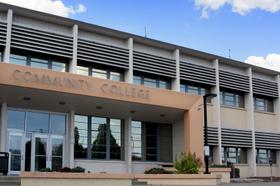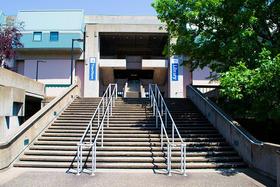Many community colleges across the country have transfer agreements with four-year schools, which allow students to easily transfer credits from the community college level and apply them toward a four-year degree program. Now, a whole new type of program is cropping up among two and four-year schools from coast to coast. Instead of transferring credits from community colleges to universities, schools are now allowing agreeing to reverse transfers, which allow students to take credits from their four-year institution and apply them to their community college degree.
The Reverse Transfer System is Introduced
While transfers to four-year schools provide clear benefits and a subsequent rise in popularity, the assurance of transferring credits from the university level to the local community college creates a more complex array of advantages. This process is a relatively new one that is just beginning to be introduced in college systems nationwide.
Many students who begin their college work at a community college move to a four-year institution before completing their associate degree. While credits may transfer to the four-year school, the student is left without a degree to underscore the work they put into their first college efforts. Until the bachelor’s degree is finished – which may take many more years of education – the student has little to show for his time, effort and money.
At the same time, community colleges are forced to report dismal completion rates – in some cases possibly affecting their ability to receive funding.






















